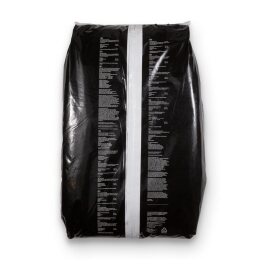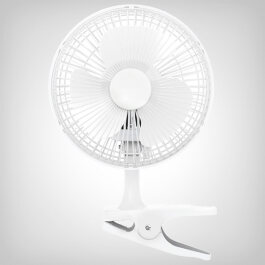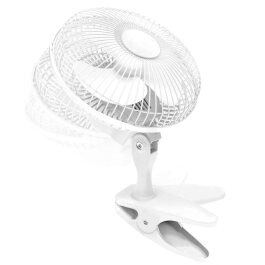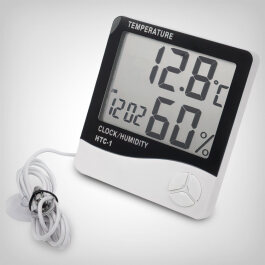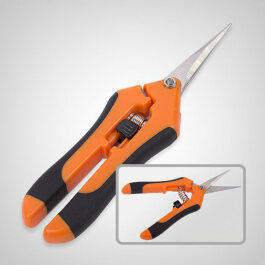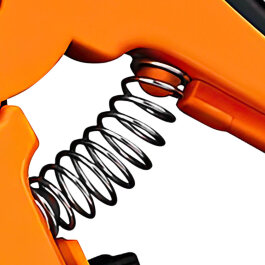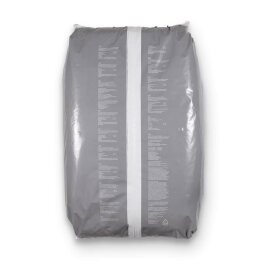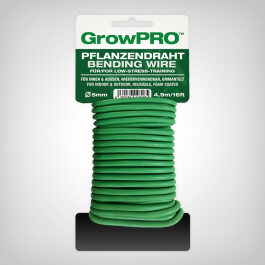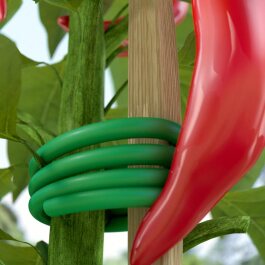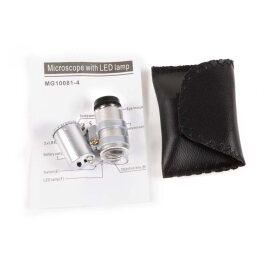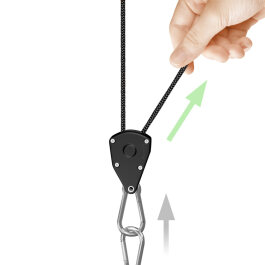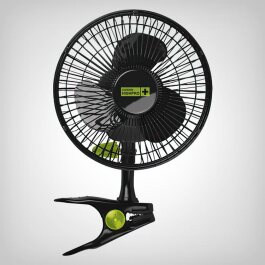Humidifier, 6 litres
- to improve the humidity in growboxes
- with large 6-litre tank
- runs smoothly and reliably
- for a small growbox or growroom
Too dry air in the growbox can have a negative effect on the growth and yield of your indoor grow. With this quiet running humidifier from Fertraso you can easily create optimal humidity in your growroom.The humidifier has a large water tank with a capacity of 6 litres and a capacity of 380 ml per hour.With the adjustment knob you can precisely set the desired humidity level.
Technical details:
- Tank: 6 litres
- Capacity: 380 ml per hour
- 230 Volt, 50 Hz
- 38 watts
- Size: 24 x 31.5 cm
All reviews:

